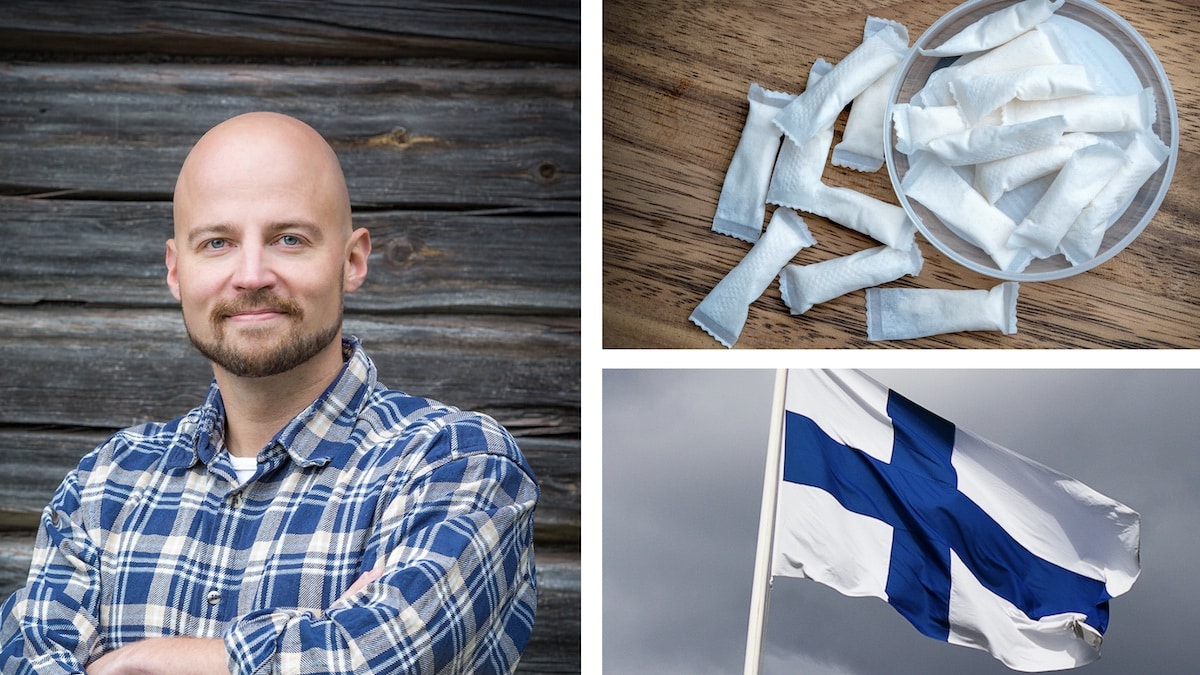
A critique of the new EU report ‘More common rules for tobacco’
Snus has been regulated in Sweden under the Food Act since 1971, meaning all requirements placed on the production and sale of food apply equally to Swedish snus.
The total domestic market for snus is worth about SEK 10 billion, and exports within the EU are prohibited, despite the Swedish parliament’s repeated calls for the government to work to remove this trade ban.
The leader of the inquiry has not been requested to consider the subsidiarity aspect of the issue, leading to the inconsistency that Swedish snus – in terms of content, quality, and consumer information – is completely regulated by Sweden, a situation set under the EU’s Tobacco Products Directive (TPD).
At the same time, the inquiry proposes that the European ban on flavourings, which was never intended to be applied to snus, be introduced in Sweden on all tobacco products.
Several Swedish MEPs have publicly stated that the Swedish exception should mean that the proposed ban on flavourings should not apply to snus.
We believe that the government should as a result cite the subsidiarity principle and insist that a product that may not be exported to other EU countries should not be bound by the TPD rules that are intended for products other than Swedish snus.
This should also apply to packaging issues.
Cigarettes, tobacco, and snus
Since the EU does not allow snus to be exported to other EU countries and Sweden has a permanent treaty exemption, anything affecting Swedish snus, the definition of snus, and the provisions on labeling are a matter only for Sweden.
The TPD focuses on harmful smoking but makes no exceptions for snus. To equate cigarettes with snus in this way is to contradict the findings of a broad range of international scientific research that clearly shows that the health risks of smoking are significant, while the effects of snus are not as harmful.
There is no reason to make any changes to the current Swedish regulation of snus because of the new EU directive.
Sweden has every reason to be proud of its snus tradition. It contributes strongly to Sweden having significantly fewer cases of lung cancer and other tobacco-related diseases compared with other comparable countries.
This aspect is completely overlooked in the EU directive and is another reason why snus should be exempt from the regulations that apply to cigarettes and other smoking tobacco.
The National Food Administration’s regulation
The National Food Administration’s proposal for regulations on snus and chewing tobacco (Dnr 2014/27719) entails clarifications and a tightening of current rules.
At the Association of Swedish Snus Manufacturers, we welcome these rules, as the content of potentially harmful substances in snus is limited to the threshold values below WHO’s recommendations.
We share the risk assessment made by the National Food Administration. The extensive quality processes and routines for sampling carried out by companies should generally guarantee that the rules are complied with, even if the Swedish authorities’ ability and competence to exercise satisfactory control can be questioned.
Flavour labeling
Swedish snus is made from water, tobacco, salt, and additives, such as sodium carbonate, glycerol, and smoke aroma, that are approved for use in food.
Additives that give a distinct taste have been part of traditional snus recipes since the 19th century and are perceived by many consumers as the “classic snus taste”.
Since virtually all Swedish snus is flavoured in a way that is not possible for cigarettes, restrictions on the information about the content are the manufacturer’s responsibility.
The manufacturer’s obligation to inform consumers about the content of the product is very important for other types of food. In the case of snus, it is obvious that there are other motives for the wording than consumers’ right to information.
On page 113 of the EU’s report, it reads: “The new labeling and packaging rules aim to remove obstacles within the internal market, to promote the same illumination of health risks in the member states and to adapt the rules to international developments. The labeling provisions should also be adapted to new scientific knowledge. “
None of these aims can possibly apply to snus packaging, as snus may only be marketed in Sweden and is thus excluded from the internal market. For the same reason, the proposal to ban flavouring information on packaging should be withdrawn.
The leader of the inquiry has also, outside the framework of the investigation itself, claimed that the needs of consumers can be met by stores having special labeling on their shelves.
But this would mean that the producer’s responsibility for ensuring that the correct product is in the package cannot be met.
The consumer’s needs will then only be met if no one at any stage of the distribution and retail of the product makes a mistake. It’s also far from clear whose responsibility it would be should a mistake take place.
The duty to report
The report is directed at the “producers and importers of tobacco products”, and according to this, it should not apply to Swedish snus. The leader of the inquiry was instructed to look at legislation concerning snus, so there is a risk that the coming proposal will impose retroactive demands.
Through this poorly synchronised process, the government has contributed to unnecessary uncertainty instead of setting long-term stable rules which are worth the industry seeking to meet.
Health Warnings
The proposals on how health warnings should look have been developed with cigarette packets in mind and are incompatible with snus boxes, the traditional packaging form for Swedish snus. The detailed descriptions are not suitable for a cylindrical packet with a removable lid.
Patrik Strömer Secretary General, Association of Swedish Snus Manufacturers.




